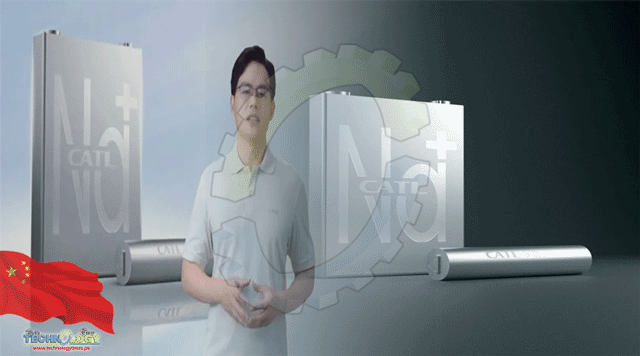In July 2021, CATL developed its first-gen sodium-ion battery. Its single-cell energy density can reach 160Wh/Kg. It has an impressive fast charging capability, allowing it to get 80% charge just after charging for 15 minutes at room temperature.

Today CATL applied for a patent for anode-free metal battery technology, which Tesla’s Chinese battery supplier would use in the next generation of sodium-ion batteries.
Why sodium
For a better understanding, let’s see why sodium ion is in the center of attention for CATL and competing with lithium-ion batteries.
- The supply of sodium salt raw materials is plentiful, and the price is low. The iron-manganese-nickel-based cathode material is utilised instead of lithium-ion battery material, and the raw material cost is cut in half.
- Because of the properties of sodium salt, it is possible to utilise a low-concentration electrolyte to save money.
- Because sodium-ions don’t really form an alloy with aluminium, aluminium foil may be utilised as the negative electrode’s current collector, lowering the cost by around 8% and reducing the weight by about 10%.
Limitations of Sodium Ion
Sodium ions have a more significant volume and higher requirements for materials’ structural stability and kinetic characteristics than lithium ions.
Because sodium is three times heavier than lithium, sodium-ion batteries are likewise heavier, despite lithium accounting for less than 5% of a battery’s overall weight.
Because of the 0.3-volt lower cell voltage, sodium batteries lose roughly 10% of their energy density, making them less potent. This is partly because previous graphite anodes used in batteries absorbed far too little sodium.
The industrialization of sodium-ion batteries has hit a snag because of this.
CATLs New Patent
For many years CATL has been spending a lot in its R&D to overcome these limitations. CATL has created a hard carbon material with a unique porous structure that allows extensive sodium-ion storage and rapid transport.
Implementing this technique will allow the battery energy density to be significantly enhanced from its natural state, with the next-generation sodium-ion battery’s energy density exceeding 200Wh/kg.
Source: Car News China
